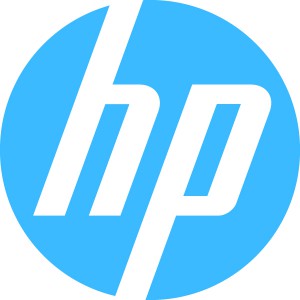Not long ago, the phrase “sustainable printing” might have caused people to scratch their heads in confusion. After all, many of us have seen a print job wastefully run off the rails. Maybe the printer churned out reams of paper as you pleaded with it to stop, or maybe you’ve watched someone else at the workplace blithely print document after document. This is why we worry about printing’s impact on the environment — not to mention its impact on the company budget. You might wonder about the amount of energy printers consume as they softly hum around the office after hours, but printing has come a long way over the years. Printers and the environment can now harmoniously coexist thanks to energy- and resource-efficient innovations.
1. Intelligent, Energy-Efficient Printers
For businesses that are trying to become more environmentally sustainable, limiting energy consumption is a great place to start. Employees used to leave their printers and other devices on all day, every day without thinking about how much energy those electronics were consuming. Fortunately, today’s printers make it much easier to conserve energy and reduce costs, earning them prestigious ENERGY STAR stamps of approval. These printers are getting smarter, too: they can turn on and off automatically, helping businesses cut consumption and costs. That’s a win-win for any company.
2. High-Quality Sustainable Printing
Environmental sustainability is an important objective, but many businesses can’t afford to compromise on print quality or speed. Luckily, the latest printing technology has solved this dilemma. Fast-paced environments like busy medical offices can still rely on energy-efficient printing solutions to rapidly generate professional documents while simultaneously reducing their environmental footprint. Energy efficiency itself has been maximized in recent years, as many printers are using 65 percent less energy to deliver quick and quality printing, eliminating long warm-up periods and excess energy use.
3. Environmentally Friendly Printing Materials
Printing materials are not only being reinvented — their environmental impacts are being reduced. Even pesky ink cartridges are getting a new look. Today’s print cartridges and packaging are responsibly manufactured, using recycled materials while maintaining print quality and reliability. Businesses can expect the same standard of performance while protecting the environment for future generations. Ink cartridges can be easily recycled, free of charge. These used cartridges are repurposed to minimize their environmental impact. As a result, the entire life cycle of a print cartridge is much more environmentally sustainable.
4. Greater Control of Paper Use
Consuming large quantities of paper is becoming a thing of the past. Managed print services provide organizations with greater control over the printing process, allowing them to monitor print projects by user, department, and location. With the benefit of analytics that track how printing resources are being used, administrators can set granular parameters and limits on paper usage and resource consumption for greater control over printing costs. This can be especially valuable for educational institutions, as younger students are not always the most mindful about how much they print. This sustainable approach to the printing process helps make printing more cost-effective and environmentally responsible.
5. Reducing Paper Use With Digital Workflows
Businesses that really want to maximize efficiencies and reduce paper use have another, more advanced option at their fingertips: digitizing paper-based workflows. Scanning solutions empower employees to transform their paper piles into streamlined digital workflows, minimizing the use of ink and paper and making business processes more efficient for our increasingly digital environment. Digital workflows reduce the cost of paper consumption and storage while also paving the way for future innovation. Workflow digitization is of particular benefit to businesses that depend on efficient storage space and access to documents — law firms are one example. It also works well in an educational setting, as today’s digital natives are comfortable with technological innovations and are particularly well-positioned to maximize the potential of such solutions.
Thanks to all of these developments, printing finally can be both efficient and sustainable, driving productivity across businesses and educational institutions while reducing its overall environmental impact. As experts in the field for over 30 years, we at Zones are thrilled to take part in this movement. Your company can pursue a sustainable future not only through the reinvention and redesign of printers such as the HP PageWide series, but through the optimization of the resources and materials consumed across the office. If you’d like to make your workplace a little greener without spending too much green yourself, contact Zones at 800.408.ZONES to hear more about our sustainable printing solutions.


